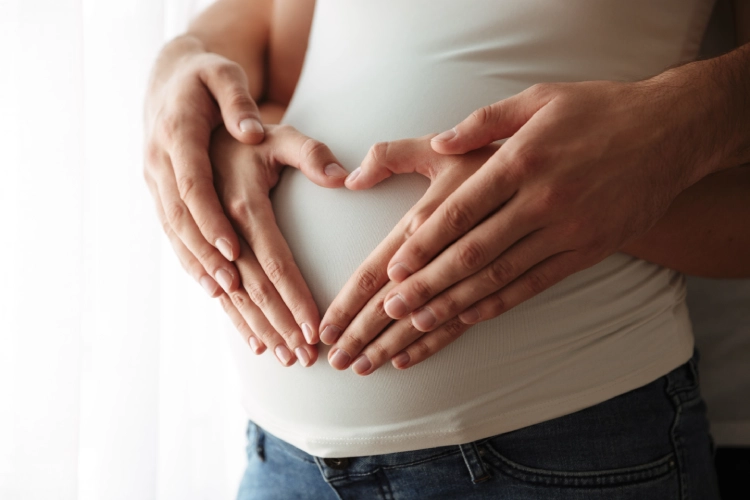



Vaginal delivery, commonly known as normal delivery, stands as the prevailing method of childbirth across the globe. This natural process involves the baby's passage through the birth canal, or vagina, for birth.
How is the recovery after the Medical Termination of Pregnancy?
During this stage, contractions help to dilate, soften, and stretch the cervix to prepare for the baby's birth. For first-time mothers, this stage can last up to 13 hours, while for subsequent births, it may take around 7-8 hours longer.
Once the cervix is fully dilated, the second stage begins. The baby is pushed out headfirst through the birth canal, aided by the strong contractions. The mother is encouraged to push with each contraction until the baby is born. This stage may involve an episiotomy to enlarge the vaginal opening if necessary.
After the baby is born, the placenta is delivered. This can happen within a few minutes to an hour after birth. Gentle massage of the lower abdomen can help facilitate the delivery of the placenta.
After the placenta is delivered, its very important to monitor the patient for PPH and other complications of birth.
Here are some reasons why natural childbirth is often preferred over other methods:
It's generally recommended to head to the hospital when your contractions are consistently 5 minutes apart, lasting about minimum 15-20 seconds each, and have been this way for at least an hour. Contractions that are weak and short may be early signs of labor, and during this time, resting at home and allowing your body to progress naturally can be beneficial for a vaginal delivery.
Normal delivery is considered safe for young, healthy women who have an active lifestyle, normal blood pressure, and a fetus in a well-positioned presentation. When these conditions are met, opting for a vaginal delivery is often a suitable choice.

